Micro-influencers are revolutionizing digital marketing with their niche audiences and authentic engagement. Characterized by follower counts ranging from 1,000 to 100,000, these influencers excel in creating deep connections with their audience, often in specialized areas like lifestyle, tech, or fitness. Their smaller scale fosters a sense of trust and relatability, making their endorsements highly valued.
For brands and marketers, leveraging the influence of these individuals offers a targeted and genuine approach to reaching specific demographics. This article guides finding and partnering with micro-influencers, unlocking potential in various market segments, and enhancing marketing strategies through genuine, audience-focused collaborations.
Harnessing the Power of Niche Influence
In the digital marketing arena, micro-influencers represent a significant shift. While their follower counts may not reach the millions, their impact is substantial. A 2020 study by Markerly revealed that influencers with fewer than 1,000 followers had an engagement rate of about 8%, significantly higher than the 1.6% for those with 1 to 10 million followers. This statistic highlights the unique value micro-influencers bring – a closer, more personal connection with their audience.
Micro-influencers are often niche experts, from eco-friendly practices to the latest tech, providing authentic, relevant content. This specialization fosters trust, converting their endorsements into meaningful marketing interactions. Research indicates that 82% of consumers are more likely to purchase a product a micro-influencer recommends.
For businesses, this means tapping into a pool of engaged, potential customers. Partnering with a micro-influencer in your industry can lead to higher conversion rates and brand loyalty. From an SEO perspective, collaborations with micro-influencers who create content-rich in niche-specific keywords can significantly enhance your brand's online visibility.
Integrating micro-influencers into your marketing strategy is about forging genuine connections with an audience that values trust and engagement. This approach can unlock new levels of influence and authenticity in your marketing efforts.
Navigating the Social Media Maze for Micro-Influencers
In the quest for micro-influencers, social media platforms are your treasure troves. Each platform offers unique avenues to discover these influential individuals, with Twitter being particularly notable for its potential.
Twitter: A Hub for Micro-Influencers
- Twitter's Unique Landscape: Twitter's real-time, conversational nature makes it an ideal platform for micro-influencers who excel in engaging their audience through timely content and discussions.
- Using Tools like Circleboom: Circleboom is a powerful tool for finding Twitter micro-influencers. It allows users to filter and search for influencers based on keywords, hashtags, and engagement metrics, making the process of identifying relevant influencers efficient and targeted.
To use Circleboom for influencers, first, you should navigate to the left and select the “Search” tab. Then, you will click on the “Smart Search”.
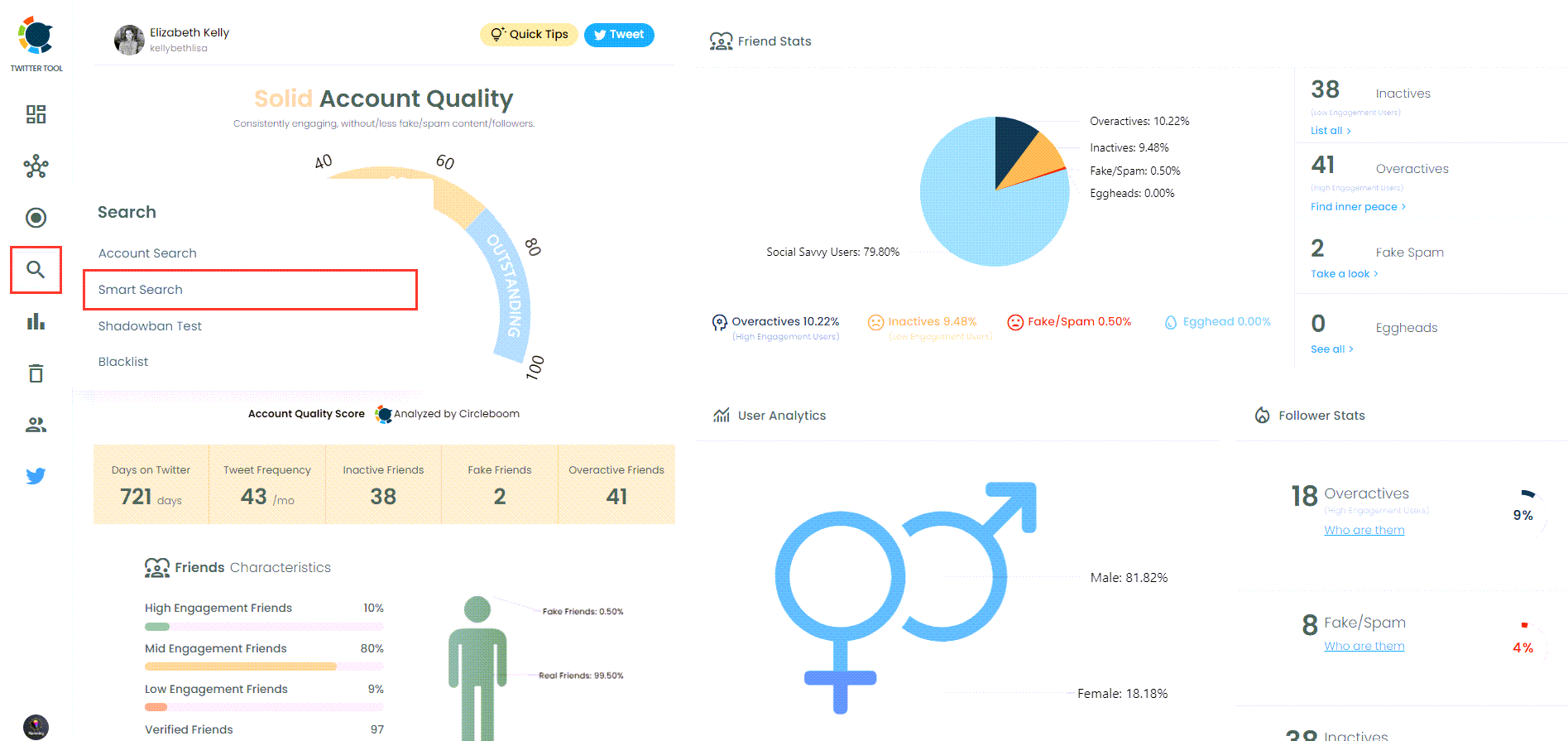
You can search for specific keywords with advanced filters.
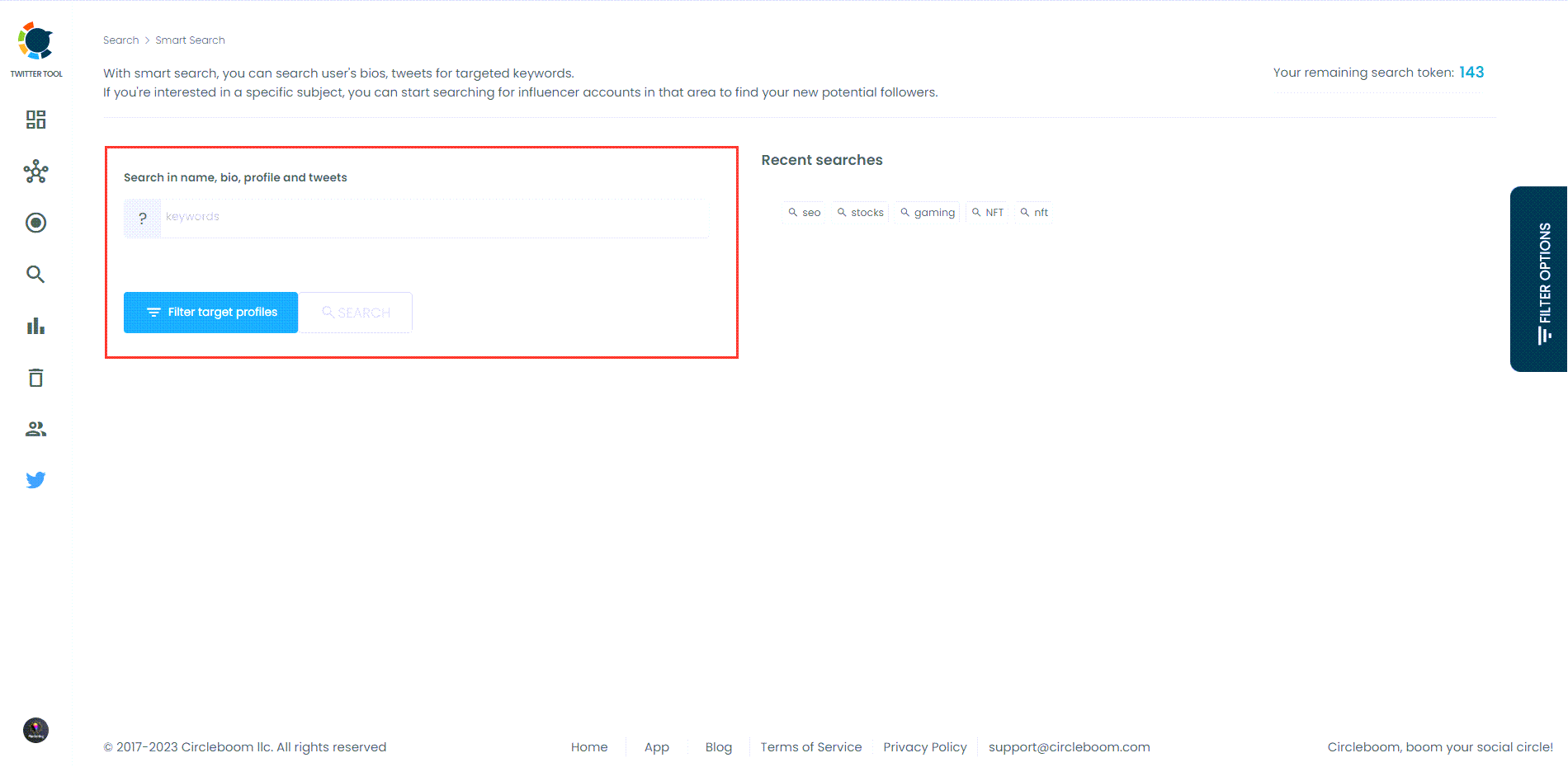
You can apply advanced filters and narrow down your search results.
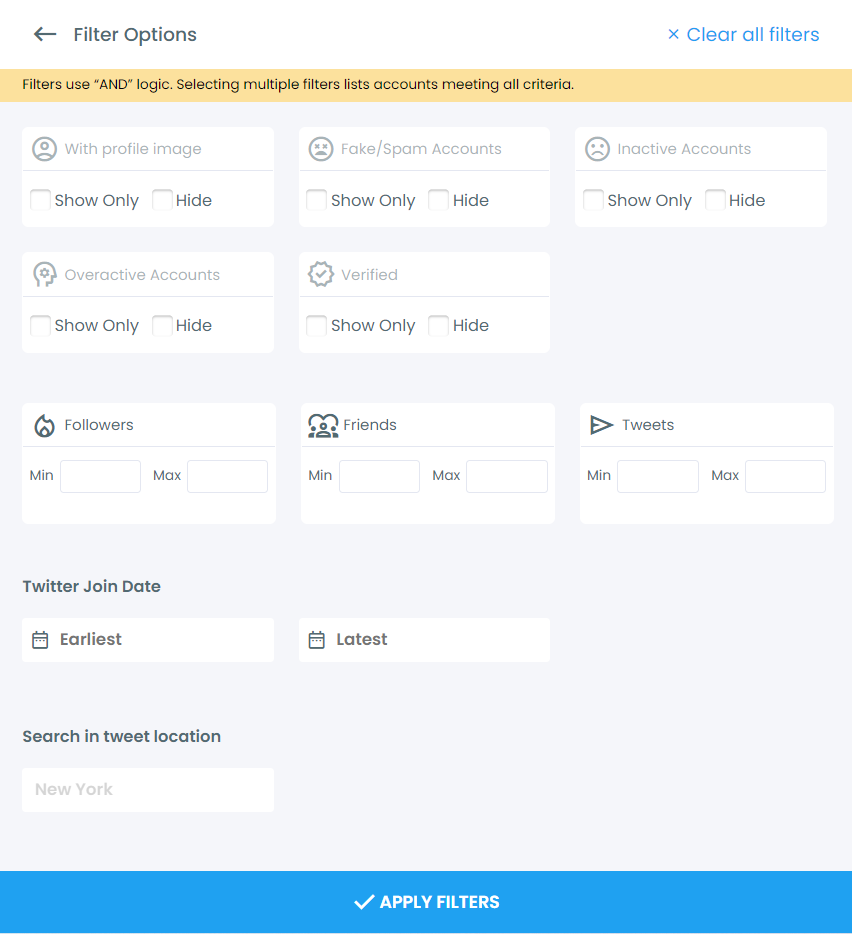
I did this search. Typed “SEO” for the keyword, and looked for verified accounts with a minimum of 5000 followers and a maximum of 500 friends.
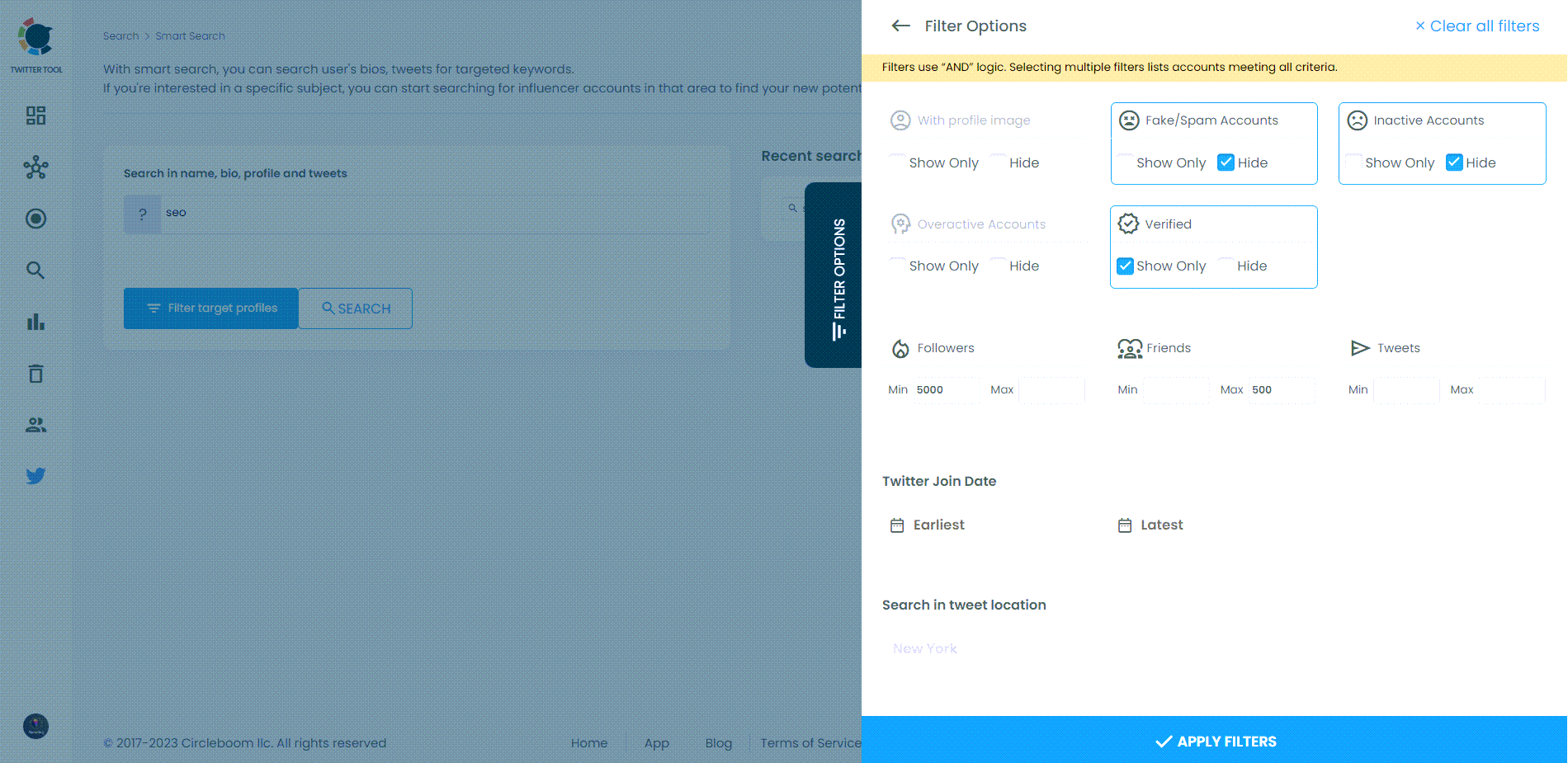
Most of the accounts that came with this query will probably be Twitter influencers.
You can easily export them in Excel and CSV.
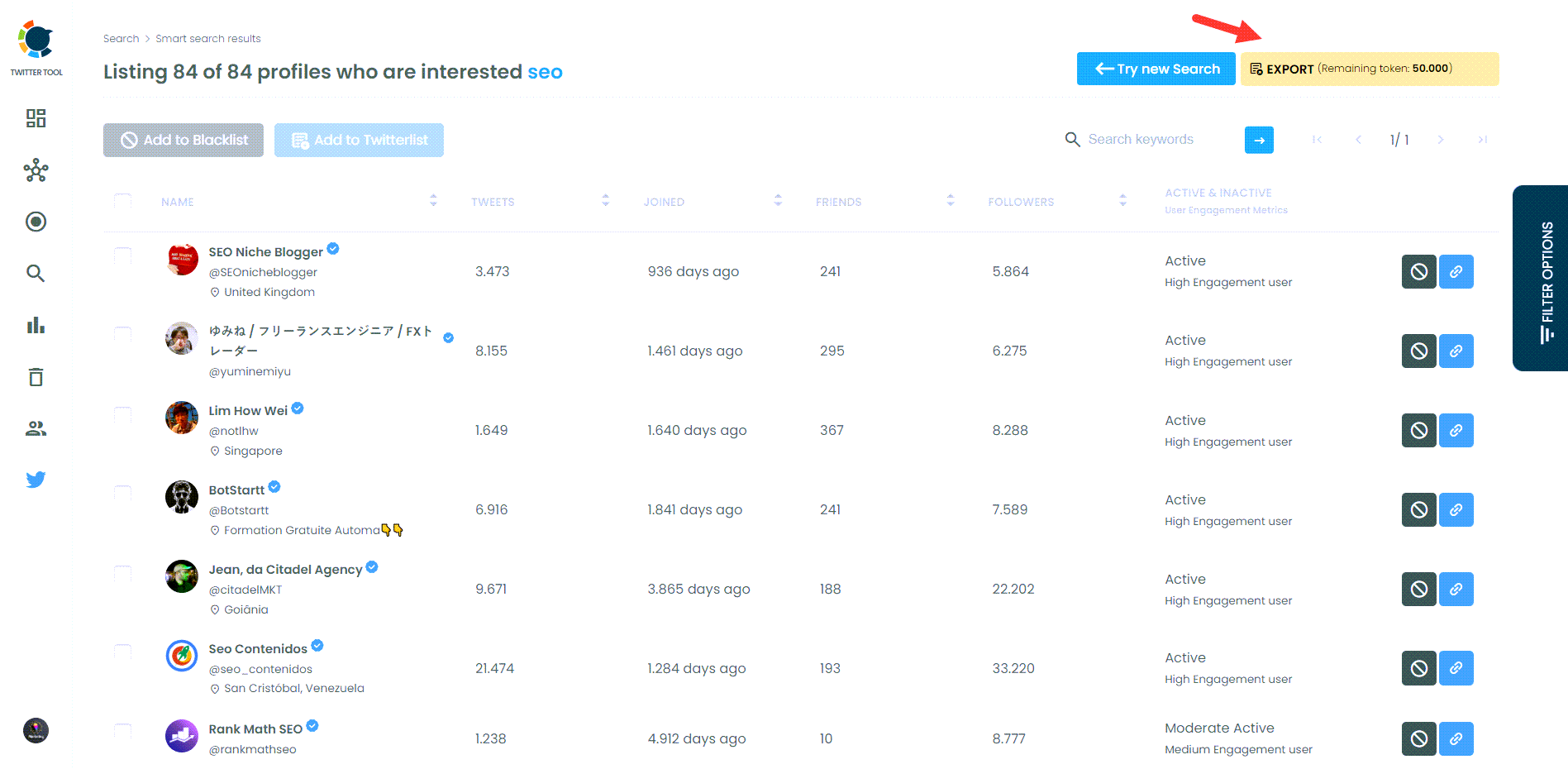
- Engaging with Potential Influencers: Once identified, engage with these influencers by participating in conversations, retweeting their content, and building a relationship before pitching collaborations.
Other Platforms:
- Instagram: Known for its visual appeal, Instagram is perfect for finding influencers in niches like fashion, beauty, and lifestyle. Use hashtag searches and explore pages to discover influencers who align with your brand.
- YouTube: For video content creators, especially in areas like tech reviews, tutorials, and vlogs, YouTube is indispensable. Look for creators with a strong community and consistent engagement.
- TikTok: If your brand resonates with a younger demographic, TikTok's creative and viral content is a goldmine. Search for trending challenges and niche-specific hashtags to find rising stars.
In summary, while each social media platform offers unique opportunities to find micro-influencers, Twitter stands out for its conversational dynamics and the ability to pinpoint influencers through tools like Circleboom. Embrace these platforms' distinct features to discover influencers who can authentically represent your brand.
Conclusion
This article has navigated the realms of identifying and collaborating with these potent individuals. From the personal connections of Twitter micro-influencers, unearthed through tools like Circleboom, to the visual storytellers on Instagram and TikTok, each platform offers a unique gateway to authentic engagement.
Remember, the key to leveraging micro-influencers lies in recognizing their ability to forge trust-based relationships with their audience. This trust translates into impactful marketing that resonates deeply with niche markets. As you embark on this journey, focus on building genuine partnerships that align with your brand values and marketing objectives.
Incorporating micro-influencers into your marketing mix is not just about expanding reach; it's about enriching the quality of your brand's conversation with its audience. It's a step towards more meaningful, engaging, and effective marketing. Embrace this shift, and watch your brand's narrative unfold in the most authentic way possible.





